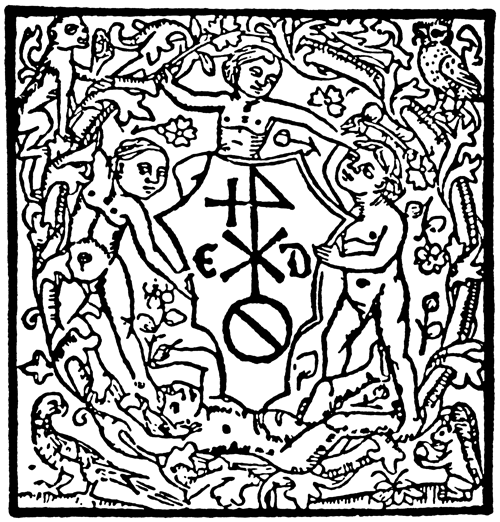Ouvrage



The Lying Mirror : The First-Person Stance and Sixteenth-Century Writing
53,99€ TTC
Ajouter au panier
42,00€ TTC
Ajouter au panier
67,99€ TTC
Ajouter au panier
Titre :
The Lying Mirror : The First-Person Stance and Sixteenth-Century Writing
Année :
2012
Pages :
336
Collection :
Les Seuils de la Modernité
ISSN :
1661-1950
Numéro :
14
Support :
Livre broché
ISBN-13 :
978-2-600-01545-5
Support :
PDF
ISBN-13 :
978-2-600-11545-2
Support :
Livre broché + PDF
ISBN-13 :
978-2-600-21545-9
- Présentation
- Sommaire
- Presse et annexes gratuites
- Présentation
- Sommaire
- Presse et annexes gratuites
